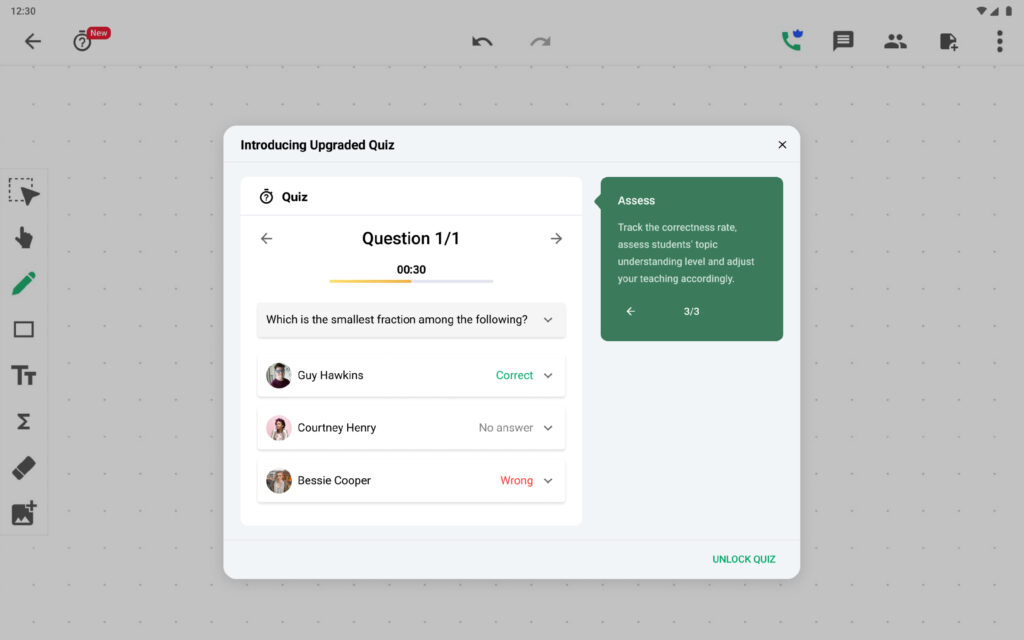No one ever said being a teacher would be easy, and it’s certainly not. One of the most challenging parts of the job is classroom management. It can be tough to keep control of a classroom full of students, especially when they’re distracted or unruly. To help teachers cope with frustration, this article will explore several valuable classroom management strategies! Let’s get it started!
What Is Classroom Management?
Classroom management refers to the way a teacher organizes and handles a class. It includes everything from how the study process is set up to how the teacher interacts with students. Classroom management also encompasses how teachers deal with problems like misbehavior, chaos, student demotivation, and other disruptive phenomena.
The Importance of Classroom Management
Why is classroom management important? Having effective strategies in place means:
- Teachers experience less stress and anxiety
- The classroom environment is more positive
- Students behave better and learn more effectively
- There are fewer disruptions
4 Classroom Management Styles Compared

Classroom management styles are classified based on Diana Baumrind’s theory concerning different parenting styles. According to Baumrind, the four main parenting styles are: Authoritative, Authoritarian, Permissive, and Indulgent. These four approaches greatly influence a child’s behavior and the way they interact with new people. Scientists have concluded that linking parenting styles to classroom management styles is quite helpful when it comes to finding the right approach for new students.
Authoritative Classroom Management
The authoritative style is based on a democratic approach. There are specific rules and clear statements concerning the consequences of breaking them. At the same time, students are always encouraged to participate in the decision-making process. They have space to share their opinion and contribute to the classroom discussion.
Independence and a warm and nurturing environment are the main characteristics of an authoritative classroom. Students feel more invested in their education and are less likely to get bored or become demotivated with an authoritative teacher.
Authoritarian Classroom Management
The name of this approach may sound similar to “authoritative”. Nevertheless, these two classroom management styles differ significantly. An authoritarian classroom is built on a military structure, with the teacher at the top of the command chain.
The authoritarian classroom management style is based on strict rules that students must follow. Disobeying means facing the consequences, which are usually severe. This style generally works well with classes that require a lot of discipline, like music or sports.
As a rule, in such classes students have no voice and are expected to follow orders without questioning them. Due to the strict and sometimes tense environment, there is little room for creativity or individual expression.
Permissive Classroom Management
The permissive classroom management style is the complete opposite of the authoritarian approach. Here the teacher takes on a more relaxed role and gives students a lot of freedom. There are usually no rules or consequences for breaking them.
Such an environment may seem fun, and in some cases, it is. However, a permissive classroom is often chaotic and disorganized. It may be hard to get students to focus and pay attention.
For instance, some subjects like math or science need constant concentration and attention. In this case, no matter how qualified the teacher is, a permissive classroom management style will not work.
Indulgent Classroom Management

The indulgent classroom management style lies somewhere between the permissive and authoritative styles. Like in a permissive classroom, the teacher is quite relaxed in his role. But at the same time, students must follow certain rules and expectations.
The indulgent approach is the golden mean of classroom management strategies. The teacher often takes on the role of a friend more than an authority figure. This approach can be constructive in classes where students must feel comfortable enough to express their opinions.
Thus, to develop an effective classroom management strategy, it is necessary to take into account the features described above. Only by doing so will a teacher be able to find an appropriate approach for every student, class or learning environment.
5+ Cutting-Edge Classroom Management Tips
Finding a balance that works for teachers and students means paying attention to the classroom environment, student interaction, and class procedures. Here are several winning tips for educators looking to improve their classroom management skills:
#1 Incorporate interactive material into ordinary lessons
Many students get bored with traditional lectures. Nevertheless, bridging the digital divide in education through interactive materials like online whiteboards, videos, games or group activities to make classroom procedures more exciting will help keep students more engaged.
For instance, many modern educators prefer substituting the outdated traditional blackboard with interactive digital whiteboards where they can write, draw, and use learning apps to make their lessons more attractive.

Students are more likely to participate in classroom discussions while solving an interactive quiz than when listening to a teacher’s monologue. Incorporating a cutting-edge technological solution into an ordinary lesson can make all the difference for teachers and students equally.
#2 Let students participate in establishing classroom behavior rules
This will help them feel more invested and less likely to break the rules they helped create. A brief discussion before setting the rules is also an excellent way to ensure all students feel heard.
#3 Be clear and consistent with consequences
Students who know what will happen if they break a rule are less likely to break it. Unpredictable consequences can breed resentment and cause classroom management problems down the road.
Consequences should be proportional to the infraction and consistently enforced for all adults in the classroom. Whether there’s math or music class, the rules apply to everyone.
#4 Offer weekly or monthly praise to the best-behaved students

Positive reinforcement helps create a positive classroom environment and encourages others to follow suit. Students who feel appreciated are more likely to be engaged and motivated in class.
Praise students verbally or with a written note sent home to their parents. Some creative teachers may devise other ways to show their students how much they appreciate them. This may include giving them fancy self-adhesive stickers, letting them choose their seat for the day, or giving them extra recess time.
#5 Assign projects with no strict deadlines and freedom to create

Let students work at their own pace from time to time and you’ll see how their creativity soars. This type of project also helps different types of learners shine.
While teaching students how to work within deadlines, it’s essential to allow them to explore and be motivated to learn by themselves. Promise special praise or privileges to the most quick-witted and fast-working students, and see how they take pride in their work.
#6 Create a classroom community

When students feel like they are part of a community, they are more likely to cooperate and care for one another. This happens in an environment where everyone feels valued and respected.
There are many ways to create a community. Some teachers may start the year with a classroom icebreaker game like “Two Truths and a Lie” or “Would You Rather.” Others may have students write down their favorite things on paper and share them with the class. Some teachers even create a classroom constitution that everyone must follow.
Whichever route you decide to take, remember that the little things make a big difference.
Summing up, it’s fair to say that classroom management is a never-ending process. It requires a lot of time, effort and patience. However, effective classroom management helps reduce stress and pressure, especially for students who struggle with time management.
When classroom management is thoroughly organized, it sets the stage for students to become successful learners. Take time to practice some of the tips given above, and your students will always look forward to attending your classes!


